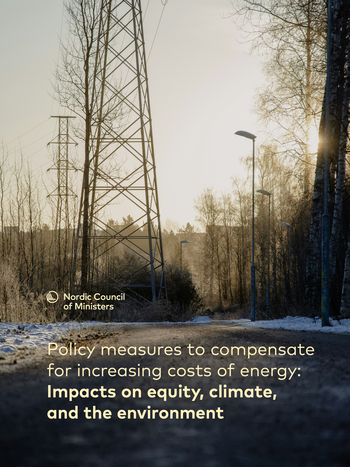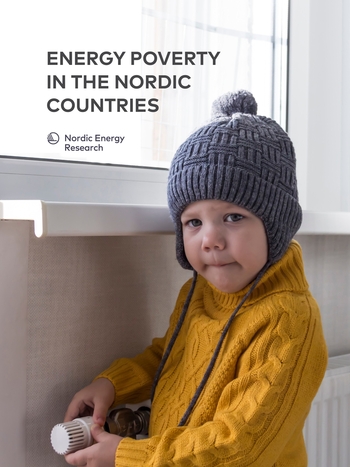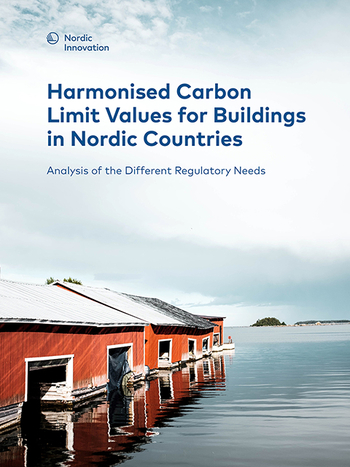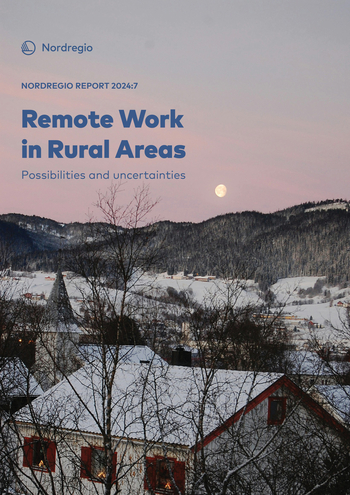State of the Nordic Region 2018
Theme 5: Regional Potential Index

Information
Publish date
Abstract
The Nordic Region is often perceived, by outside observers, as being largely undifferentiated socio-economically, with the countries of Denmark, Finland, Iceland, Norway and Sweden along with Greenland, the Faroe Islands and Åland appearing very much alike in many ways. Contrary to this widely held view, the countries and territories involved in the Nordic Cooperation, divided into 74 administrative regions, are remarkably diverse in many respects. Though significant differences exist at both the national and the regional levels, they are still sufficiently similar for a comparison to be valid.The Regional Potential Index (RPI) out-lined in this publication compares the regions and tries to quantify this variety while also assessing the relative potential of each region in regional development terms. The Index is based on the performance of each of these regions in terms of demography, labour force and the economy.The results of the Regional Potential Index 2018 show that urban regions continue to occupy the top ranks. There is however a great deal of movement further down the list. Those regions that have improved in rank are primarily located in Iceland, Sweden and the Faroe Islands while those that have reduced in rank are to be found mainly in Norway and Finland, with Denmark occupying something of a status quo position.The next Regional Potential Index will be published in the 2020 edition of State of the Nordic Region.
Publication number
2018:006




